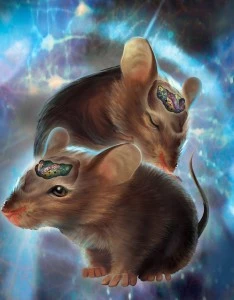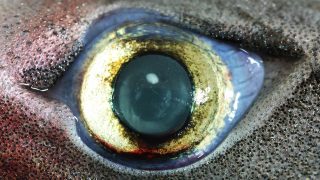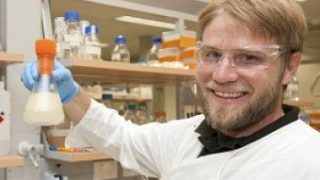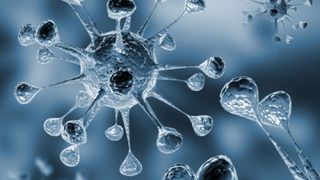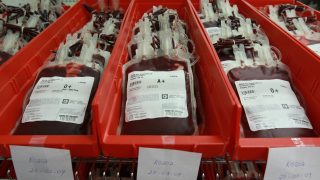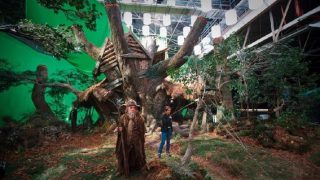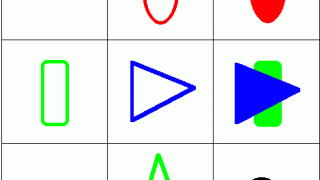
Intelligence testing: a history of a fierce debate
Is the intelligence test an “objective”, scientific device or just a way to “execute” social discrimination? This article (based on ) presents the latest steps to trace the history of one of the most problematic chapters in psychology’s history: the application of intelligence testing. By informing about the history of the IQ debate I want […]
